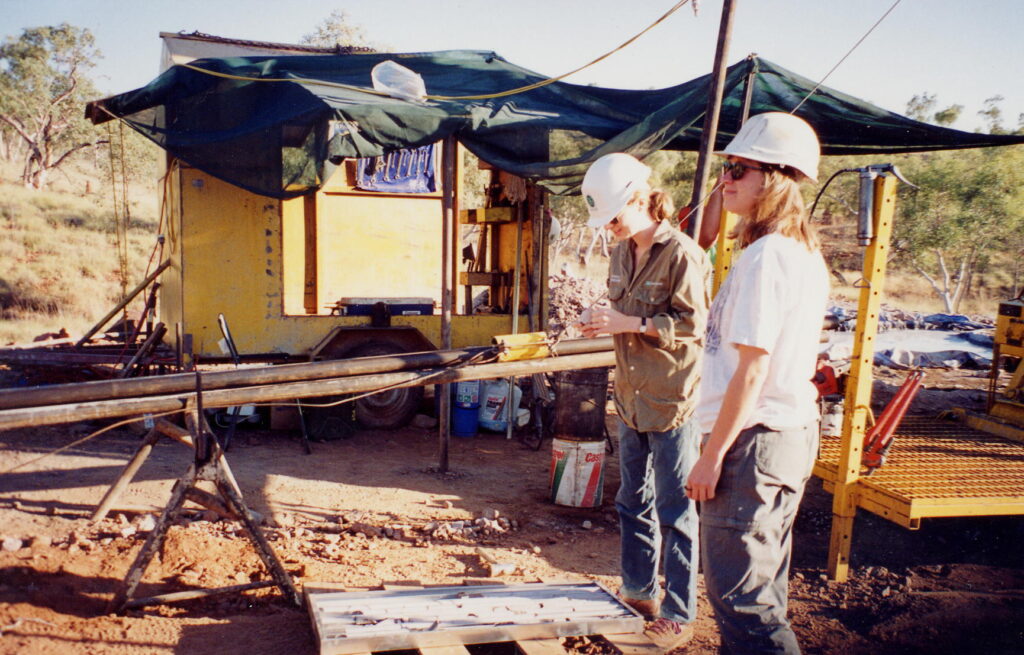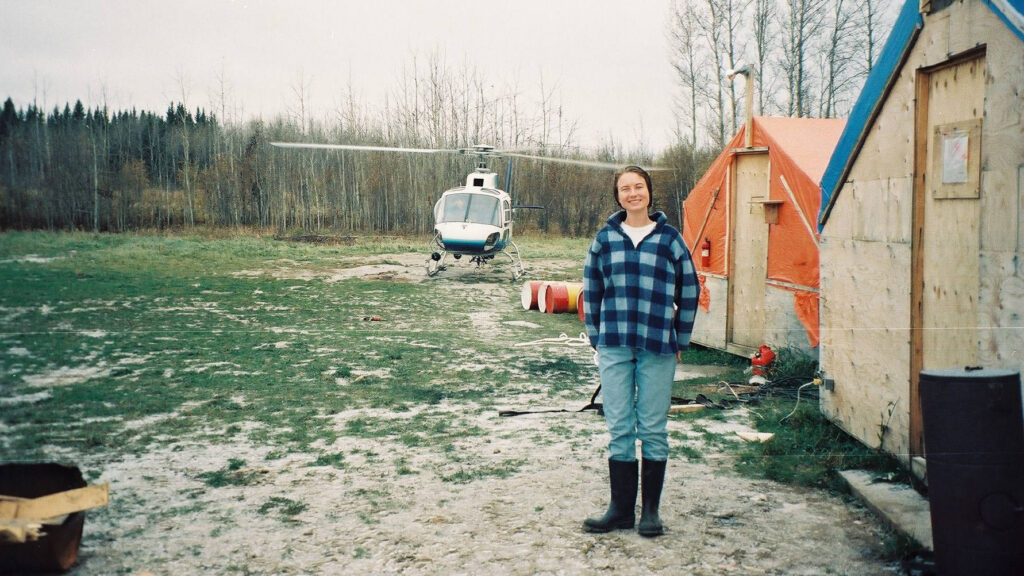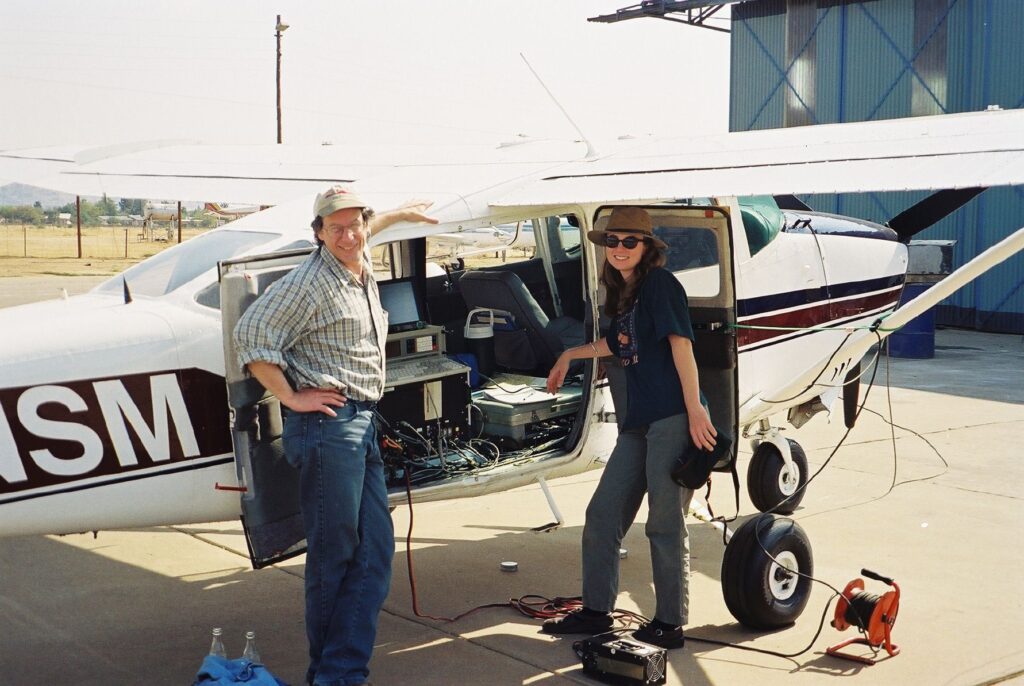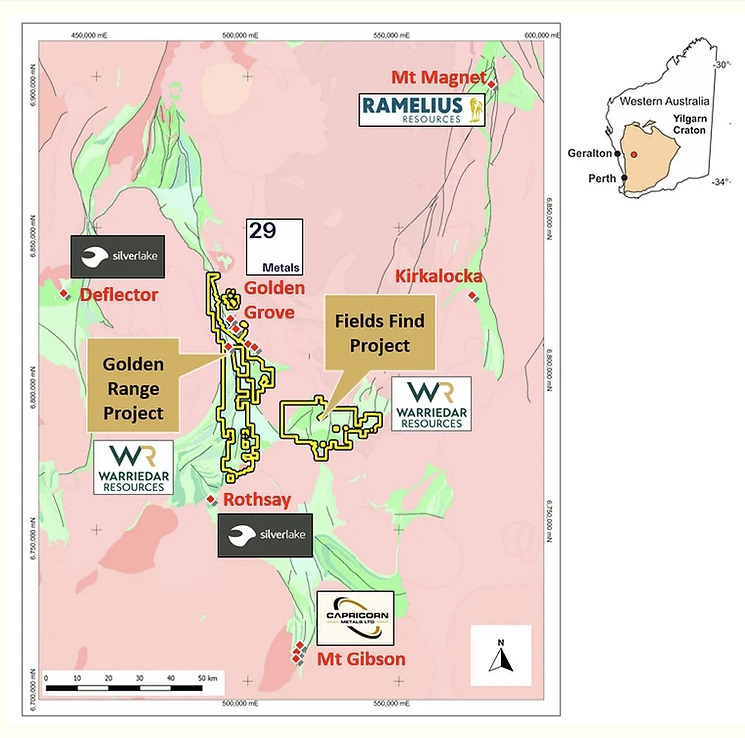Uncategorized
Geophysicist by trade, explorer at heart: Warriedar’s Amanda Buckingham on the discovery process
Using data to find the right drill holes is key in mining. Warriedar Resources sits down with us and explains … Read More
The post Geophysicist by trade,…

Amanda Buckingham’s love for mining exploration – what she calls the ‘ultimate treasure hunt’ – has led her multi-decade career to far-flung corners of the globe in search for discoveries in untried and obscure regions.
The ‘finding’ part of the mining equation is what lit a spark in the young geoscientist back in the early ’90s and eventually led to her co-founding two ASX listed companies (Cygnus Metals and Desert Metals) as well as an industry leading geophysical group, helping companies increase their chance of unearthing lucrative bounties by asking some key questions.
Questions such as – where do we go to search for minerals where no one else has gone before and how do we use data appropriately, and process it in the right way for the right outcome?
Now in the managing director’s seat at Warriedar Resources (ASX:WA8), Buckingham sits down with Stockhead, ponders those questions, and chats to us about the exploration and discovery process.
The beginning

In the early days of her career, Buckingham’s profession involved collecting ground magnetic data in Orange, NSW for mining company CRA Limited, an icon of Australian industry at the time.
But it wasn’t long before she found herself working for mining major Rio Tinto, which saw her travel to remote outback towns such as Mount Isa, before she jumped ship and moved overseas to work as project manager for Toronto-based airborne geophysical company, Hisense.
“That job saw me travel all around the world, collecting airborne data in the mid to late ’90s through Southern Africa, parts of Northwest Africa, South America and Canada,” she tells Stockhead.
“Back then, the company would give you a paper contract for the job and a wad of 10-15,000 US dollars and you’d head off and manage the project yourself.
“It was a different world back then.”

Buckingham recalls one fateful occasion in the Andes where her work encountered an unexpected twist of events with both a flood and landing gear failure.
“We spent hours in the hangar, fixing equipment, trouble shooting, and calibrating,” she recalled.
“Water, mud, geophysical equipment and aviation don’t mix well, and it was the only time I managed to bring a radar altimeter (which measures altitude above the terrain beneath an aircraft) back to life with a hair dryer.”
The exploration game
Exploration is challenging, and not for the faint-hearted. It takes a special type of person to be know how to deal and be comfortable with failure.
“By that, I mean you need to try new things within the bounds of the data and system you’re looking for if your exploration process isn’t working,” Buckingham admits.
“But it’s difficult, junior explorers think they need to flog a dead horse and won’t give up on a project or prospect easily when the data clearly shows that they should.
“And then this is where they don’t optimise their spend.”
Using data as a guide to stick the drill holes in the right spot sounds easy enough if you haven’t already become emotionally attached to the target.
Yet, it is something Buckingham has had more than 25 years’ experience doing.

Three Gs – geophysics, geochemistry, and geology
In 2008, she co-founded a boutique geophysics and targeting company. Built on the premise that with a solid background in geophysics, and a thorough understanding of the limitations of data, Fathom Geophysics could help exploration companies find those ‘company making’ deposits.
Alongside her co-founding partner Daniel Core, Fathom Geophysics has assisted a variety of mining companies in a range of different commodity areas with their projects including Barrick Gold, South32, BHP, Anglo American, Newmont, Newcrest, and many more.
Fathom Geophysics was engaged to help with the 3D footprint modelling for SolGold’s Cascabel discovery in Ecuador, now one of the most ambitious mining projects in the country.
According to a PFS released last year, annual production will average 132,000t of copper, 358,000 ounces of gold and 1m ounces of silver during Cascabel’s 55-year life of mine.
“People need to integrate geophysics, geochemistry, and geology well and that is not always done,” Buckingham says.
“The cost of labour of good people, collecting data, and good equipment is quite considerable at the moment, so the larger companies are more involved in merger and acquisitions rather than exploration.
“But companies do need to dedicate their resources to exploration in order for a pipeline of projects to come online.
“A perfect scenario would be a company having enough money to execute a three-year program but that is never the case with capital markets, there’s always pressure to deliver instantly.”
From ASX founder to top dog
This cross-section between geology, geophysics and geochemistry, mixed with a background and a deep-seeded enthusiasm for greenfields exploration led to the birth of both Desert Metals and Cygnus Metals.
While Cygnus Metals (ASX:CY5), formerly Cygnus Gold, was founded on the idea that Western Australia’s southwest Yilgarn had a lot more gold prospectivity than had been realised, Desert Metals (ASX:DM1) originated out of the knowledge that the Narryer terrain in the Yilgarn had been overlooked and under-loved.
“I’m aware that discoveries will be made in regions that are under-explored and Warriedar fits into that category as well,” she explains.
“In the Murchison, Warriedar has the Golden Range and Fields Find projects, which are both heavily underexplored in terms of any deep exploration but are surrounded by operating mines and advanced exploration projects, so it is a well-endowed area.”

“Golden Grove, WA’s best copper mine, is only 3km from our ground.
“We are now understanding a lot more about both the resources that we own and the potential across the area and that’s just come about through having a few months to digest the historic data.”
So far this year, Warriedar Resources has drilled more than 25,000m and unveiled the extensions at five out of 10 existing deposits.
“I’d say they are pretty outstanding results considering we only took over the project in February, there’s been a lot happening so we’re very comfortable that there is a lot more gold across the project,” she explains.
“Now we know exactly where to focus and where to drill in the second half of this year to actually achieve mineable ounces.
“The end goal of anyone in mining exploration is discovering; that’s what keeps us going.”
Warriedar Resources share price today:
At Stockhead we tell it like it is. While Warriedar Resources is a Stockhead advertiser, it did not sponsor this article.
The post Geophysicist by trade, explorer at heart: Warriedar’s Amanda Buckingham on the discovery process appeared first on Stockhead.











